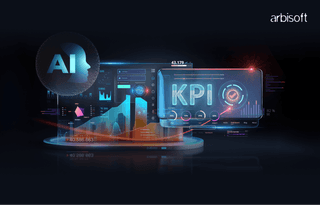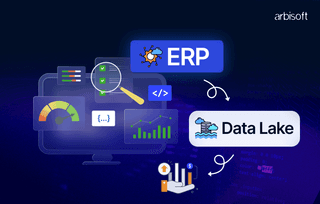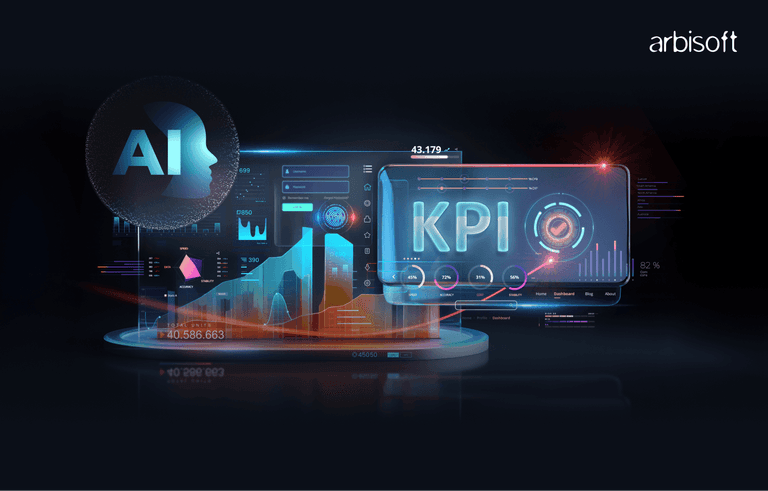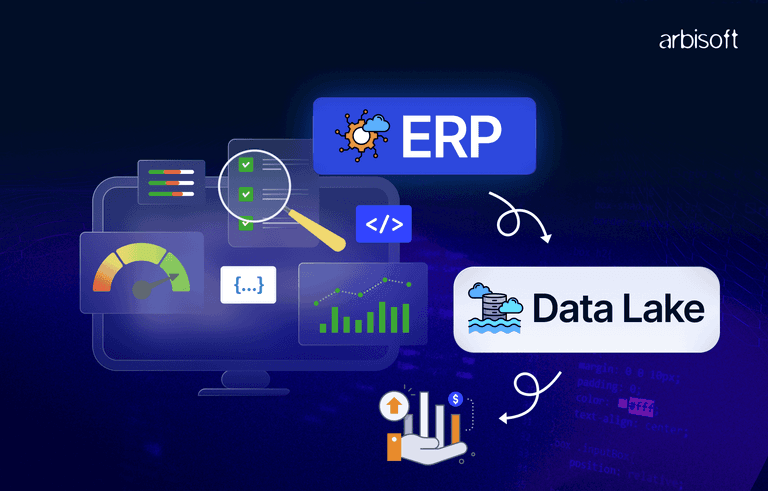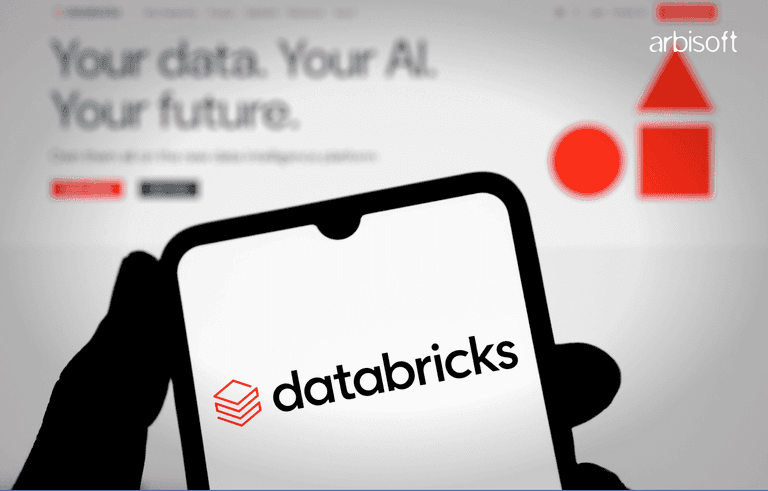We put excellence, value and quality above all - and it shows




A Technology Partnership That Goes Beyond Code

“Arbisoft has been my most trusted technology partner for now over 15 years. Arbisoft has very unique methods of recruiting and training, and the results demonstrate that. They have great teams, great positive attitudes and great communication.”
A Closer Look at the GPT-4o Successor: GPT-5

OpenAI has continuously pushed the boundaries of generative AI with each iteration of its language models. Now, with ChatGPT-5 on the horizon, there’s a lot of anticipation about its release date and new capabilities, marking another milestone in the future of LLMs. While we don’t have all the specifics, recent developments provide enough insight to give us a good idea of what to expect from this next-generation AI model.
When Will ChatGPT-5 Be Released?
The release date for ChatGPT-5 has been a topic of much speculation. Initially, there were hopes for a mid-2024 launch, but as the year has progressed, it's clear that the model may not be ready until late 2024 or early 2025. OpenAI's CEO, Sam Altman, hinted in 2023 that both GPT-5 and GPT-6 were in development. However, in more recent updates, Altman confirmed that GPT-5 still required substantial work, especially concerning safety testing and red teaming; a rigorous process where developers and external experts attempt to identify weaknesses and flaws before releasing the model to the public.
As of now, no specific release date has been confirmed. The latest information suggests that OpenAI is in the process of refining and testing the model, which could mean delays, particularly as safety and ethical concerns grow around AI technologies.
What New Features Can We Expect from ChatGPT-5?
Though OpenAI has remained tight-lipped about the full scope of ChatGPT-5’s features, there are several expected improvements that we can look forward to:
1. Smarter Responses
One of the biggest expectations is that GPT-5 will be significantly "smarter" than GPT-4. This could mean more accurate contextual understanding, faster processing, and a broader range of potential applications. It’s expected to improve GPT-4’s ability to manage more complex conversations and generate responses that feel even more human-like.
2. Enhanced Multimodal Capabilities
ChatGPT-4 introduced multimodal features, allowing it to process both text and images. GPT-5 will likely enhance these abilities, possibly incorporating more advanced image processing, audio, and even video capabilities. This would make it a true multimedia powerhouse, potentially transforming industries that rely on media creation, analysis, and processing.
3. Customization
As more businesses adopt AI, the demand for customization is growing, paving the way for innovative applications such as an ai chatbot solution for ecommerce. GPT-5 could offer features that make it easier for companies to tailor the AI to their specific needs. This might include integrations with existing technology stacks, more control over the AI’s behavior, and the ability to fine-tune its outputs to align with corporate goals.
4. Improved Safety and Ethical Guidelines
OpenAI has been actively addressing concerns about the safety of AI-generated content, particularly with issues like misinformation and "AI hallucinations" cases where the AI confidently delivers incorrect or fabricated information. GPT-5 is expected to have improved safety features to minimize these occurrences, ensuring more reliable outputs across different use cases.
5. Larger and More Efficient Models
GPT-5 will likely be trained on more data and boasts more sophisticated algorithms than GPT-4, making it faster, more efficient, and capable of handling even larger tasks. This can open up new possibilities in fields like medical research, scientific exploration, and large-scale data analysis.
How Much Will ChatGPT-5 Cost?
Based on OpenAI's established pricing strategies, we can anticipate that ChatGPT-5 will likely be offered in a range of options. This includes a free version with basic features and a subscription plan of around $20 per month, similar to the ChatGPT Plus subscription. This model allows OpenAI to provide accessible AI solutions while generating revenue to support ongoing research and development. Although the company's mission emphasizes "AI to benefit humanity," monetization remains essential for sustaining its advancements and operations.
Also, a report from Business Insider reveals that some companies using the high-priced ChatGPT Enterprise plan are already enjoying early access to beta versions of GPT-5. This indicates that ChatGPT Enterprise users will likely be among the first to benefit from the new technology. While the exact pricing details for these Enterprise plans aren’t publicly disclosed, estimates suggest that it may cost around $60 per user per month, with a minimum requirement of 150 users. The details on official pricing and access for the general public have yet to be revealed.
Conclusion
While ChatGPT-5, anticipated as one of the best large language models, promises to deliver significant advancements in AI technology, from smarter responses to enhanced multimodal capabilities, it’s clear that OpenAI is taking its time to ensure the model meets the necessary safety and ethical standards. Whether it arrives by the end of 2024 or early 2025, this model is expected to push the boundaries of what generative AI can achieve.
In the meantime, users can continue to leverage GPT-4o and existing OpenAI tools, which remain among the most powerful AI solutions available. As we await the release of GPT-5, the focus remains on ensuring that it’s not only smarter and faster but also safer and more reliable.








